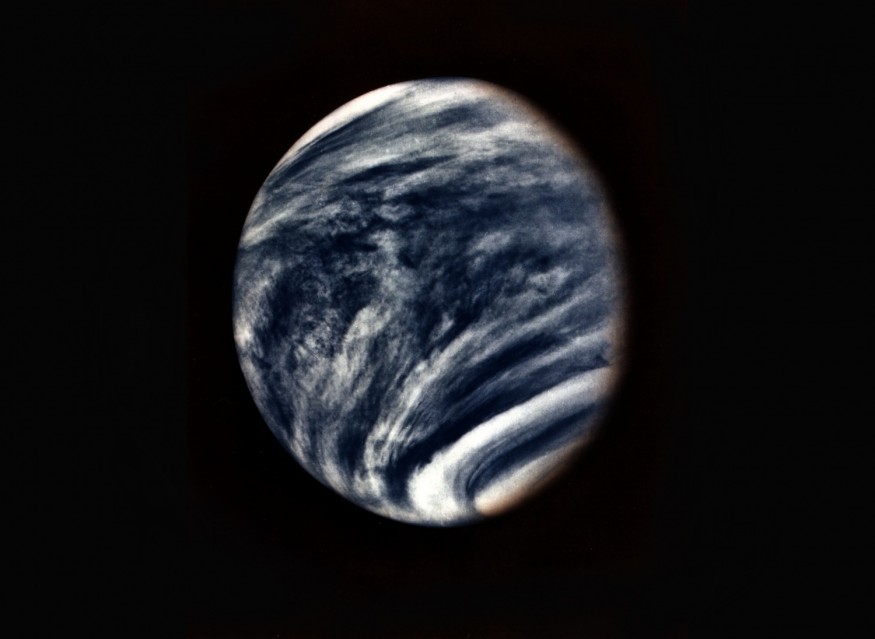Venus is Earth's closest neighbor, and above its inhospitable surface are its clouds that have baffled scientists for many years. Recently, researchers have reported having detected traces of phosphine in the planet's clouds. It is a molecule that may only be produced by living organisms or a process unknown to humans.
Per Space.com, the temperature on the surface of Venus could reach up to 864 degrees Fahrenheit (462 degrees Celsius), making it unfriendly. But discovering phosphine in the hazy Venusian atmosphere could signal a renewed interest in the hottest planet in the Solar System after being ignored for so long in favor of other planets.

What Is Phosphine (PH3)?
According to Popular Mechanics, phosphine (PH3) is a molecule composed of one phosphorus atom and three hydrogen atoms. Astronomer and astrobiologist Jane Greaves who led the team that discovered phosphine in Venus's clouds said that phosphine is like ammonia's evil cousin.
Anaerobic microbes that thrive even in environments without oxygen on Earth also produce phosphine, living a different way of life than others. Phosphine is a biomarker on Earth and now they have been suggested to exist also in the cloud decks of Venus where little lifeforms could live.
Scientists have not yet observed how microbes create phosphine, although it can also be manufactured in a laboratory setting. The compound is a colorless, flammable gas that is poisonous to many animals and has been used in warfare and by farmers to eradicate pests.
Aside from the Venusian atmosphere, phosphine has also been found in other planets, such as Jupiter and Saturn. Their presence in these core planets is due to the stifling heat and crushing pressure that is powerful enough to slam atoms of hydrogen and phosphorus together. On the other hand, there is not enough heat and pressure on Venus for scientists to detect phosphine on the planet.
Unlike the harsh conditions of the surface of Venus, its atmosphere has a lower temperature that hovers around 86 degrees Fahrenheit (30 degrees Celsius). More so, the pressure in the upper atmosphere is similar to Earth's surface. The only catch is that Venus's clouds are filled with sulfuric acid; but even on Earth, microbes could still live in this kind of environment.
Observing Phosphine in the Venusian Atmosphere
Greaves and her colleagues first published their study titled "Phosphine Gas in the Cloud Decks of Venus" in the journal Nature Astronomy in 2020. In their study, they wrote that they identified the chemical makeup of the Venusian atmosphere using radio telescopes to look at very specific wavelengths of light.
She immediately contacted MIT researchers after discovering the signal of phosphine and two scientists partnered with her to make additional observations using the Atacama Large Millimeter Array in Chile in 2019, The SpaceAcademy.org reports.
They eventually were able to establish a range of altitudes where phosphine was plentiful, such as between 32 and 37 miles above the surface where concentrations range from 5 to 20 parts per billion which are more than the amount found in Earth's atmosphere.
However, some experts are skeptical of the findings and assumed that there must be an error during the data collection process. But it is not a new idea that life could exist even in the harshest conditions of the Venusian atmosphere.
RELATED ARTICLE : Life on Venus: Volcanic Activities Might Explain the Presence of Phosphine in the Atmosphere
Check out more news and information on Venus in Science Times.
© 2026 ScienceTimes.com All rights reserved. Do not reproduce without permission. The window to the world of Science Times.











